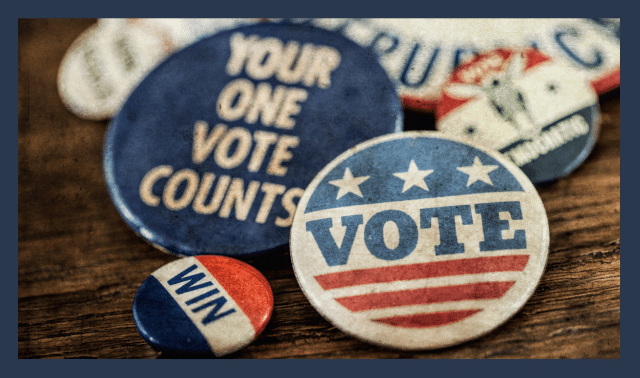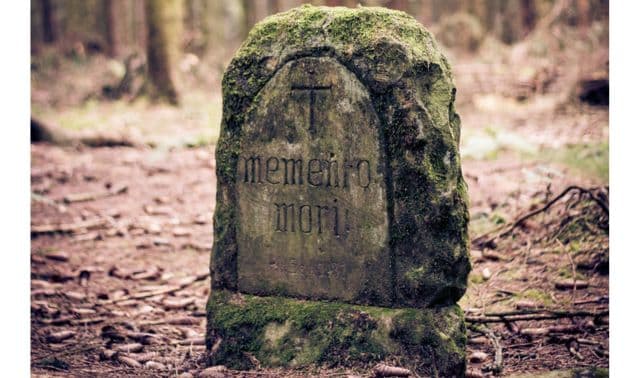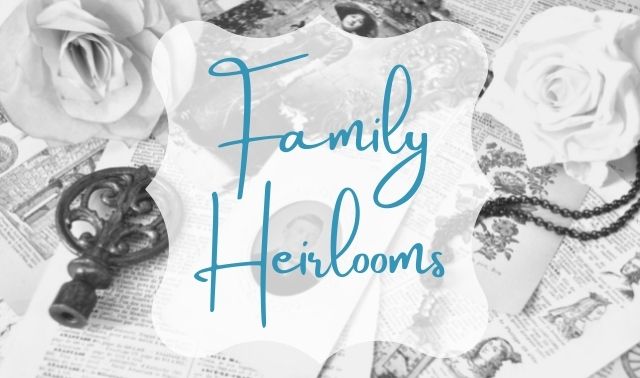Sign up for the Family Tree Newsletter! Plus, you’ll receive our 10 Essential Genealogy Research Forms PDF as a special thank you.
Get Your Free Genealogy Forms
"*" indicates required fields

Nothing says “family” quite like using Grandmother’s wedding china for holidays and special occasions. But when it comes to using the dishes, do you know how to care for that family treasure? Follow these tips to keep using your antique china for generations to come.
1. Wash Pieces by Hand
Vintage china and crystal were made before automatic dishwashers and grime-cutting detergents. Gently wash pieces by hand in warm water with a sponge or soft cloth, separately from heavier, modern dishes or flatware. Use a small amount of mild liquid dishwashing soap; never use powdered cleanser or dishwasher detergent. Wash the least-soiled dishes first, typically crystal or glassware, followed by plates, serving ware and flatware. Be careful not to rub the metallic rim of gold- or silver-edged dishes.
2. Handle with Bare Hands
Rubber dishwashing gloves grip better than fabric gloves, but bare, clean hands (remove jewelry) will give you the most control. A rubber-coated drying rack also will help protect items from bumps and damage.
3. Create a Cushion in the Sink and on the Counter
Place a thick terry cloth towel in the bottom of the sink for washing, and another on the counter for draining. Dry china and crystal by hand with a clean soft towel.
4. Keep Teacups Stain-Free
Minimize stains by washing teacups and saucers soon after use. To remove stubborn stains, rinse teacups with warm water and let stand a few minutes. Empty and sprinkle a small amount of baking soda over the stain; gently rub with your finger.
5. Keep Unglazed and Hand-Painted China Dry
Unglazed or hand-painted china and porcelain should never be washed like standard tableware. Instead, dust it carefully with a microfiber cloth and store it in a glass display cabinet away from direct sunlight.
6. Store China Dishes and Cups in Short Stacks
Store heirloom china plates and bowls on a sturdy shelf with padding between pieces. Paper plates, felt discs and folded paper towels work well. Avoid stacking plates too high—the weight can buckle your shelves and crack the dishes on the bottom. Set cups and bowls upright, not upside down on fragile rims. Avoid bumpy or creased shelf paper, which could cause your dishes to sit unevenly and tip over. Protect fragile handles on china cups by gently stacking no more than two cups. Never hang teacups by the handle.
7. Store Heirloom China in Boxes Whenever Possible
Go ahead and store china in its original boxes if they’re sturdy. If not, replace them with sturdy plastic or cardboard boxes that are strong enough to support the weight of the contents and large enough to allow for packing material on all inside walls of the box. Heavy-duty boxes and sheets of polyethylene cushioning are available at most moving centers and shipping facilities. U-Haul’s Dish-Saver Kit has both.
8. Don’t Wrap Pieces in Newspaper
Never wrap heirloom dishes in newspaper, which risks stains from ink transfer. In long-term storage, newsprint quickly becomes brittle and loses effectiveness as packing material.
9. Store in an Out-of-the-Way Location
People and pets are the greatest hazards to heirloom china pieces. You can store them in boxes in your garage, attic or basement, where they won’t be jostled or dropped, but do avoid locations with extreme heat or cold.
10. Don’t Display in Direct Sunlight
Avoid displaying china in direct sunlight or a location with extreme temperatures, such as near a heating vent or large window. Porcelain will yellow and fade over time if exposed to direct light. A glass-front display cabinet away from windows will protect your collection from accidental bumps and damage.
11. Get Repairs Done by a Professional
Accidents happen. Professional china and crystal repair firms can reattach broken cup handles, fix cracked plates and repair chipped rims. Search online for “china and crystal repair” in your area, or locate an expert conservationist through the American Institute for Conservation of Historic and Artistic Works directory.



